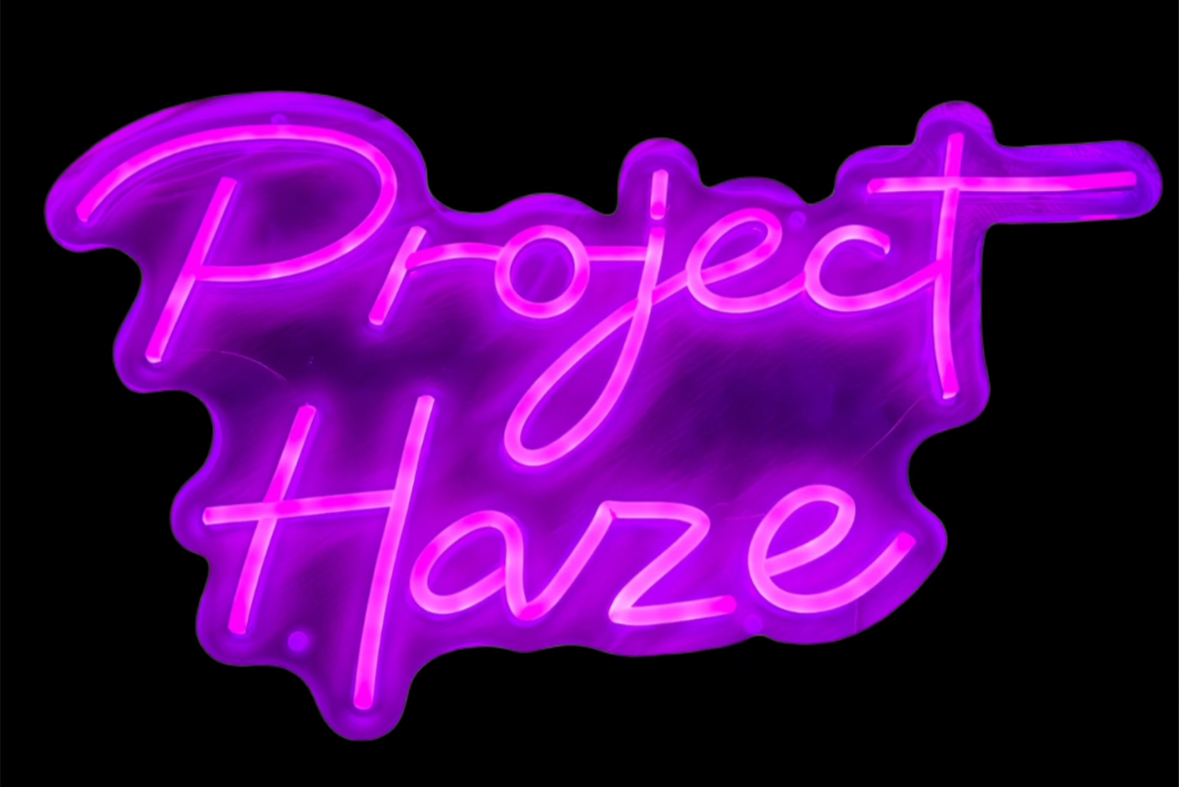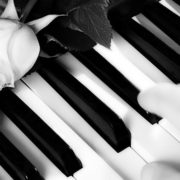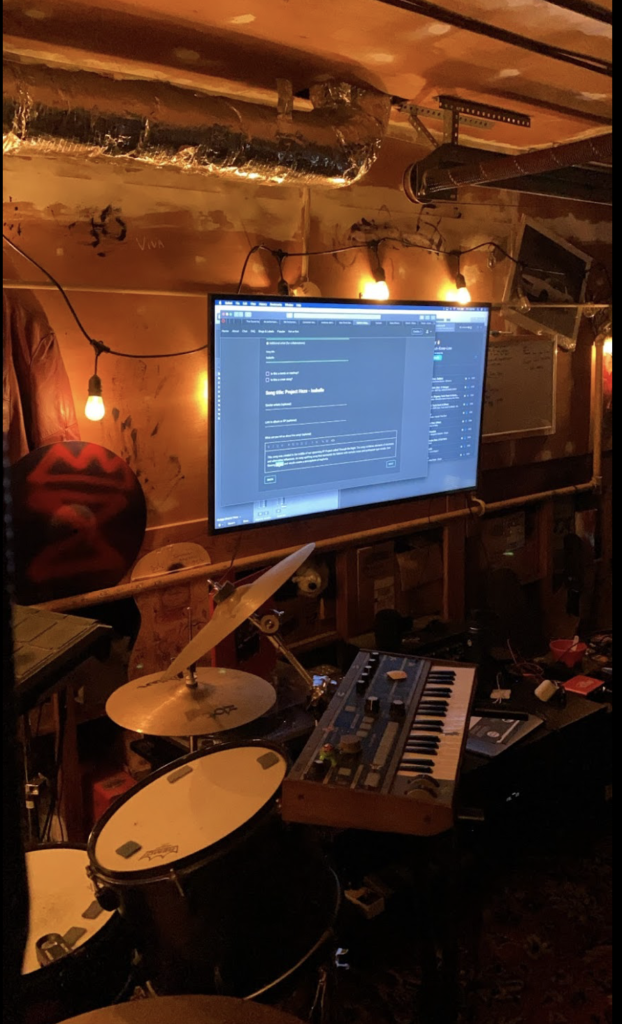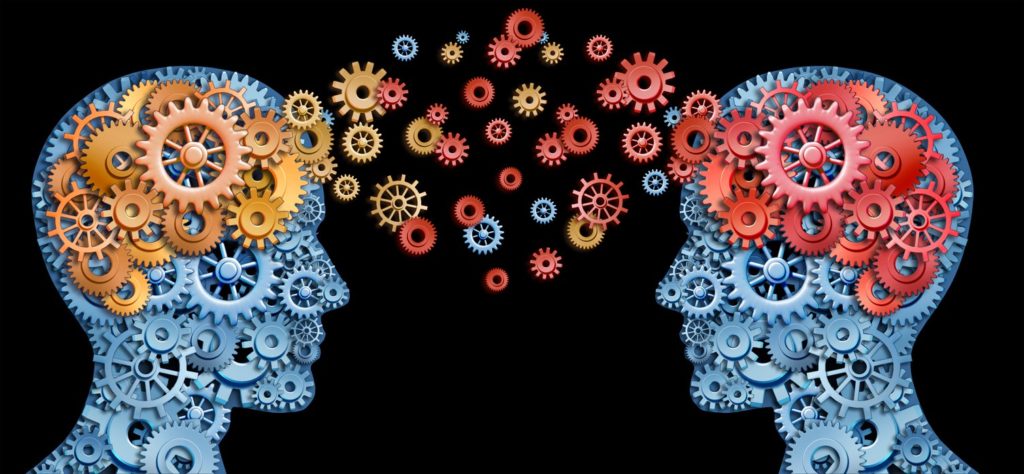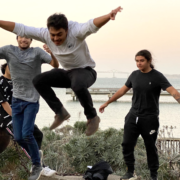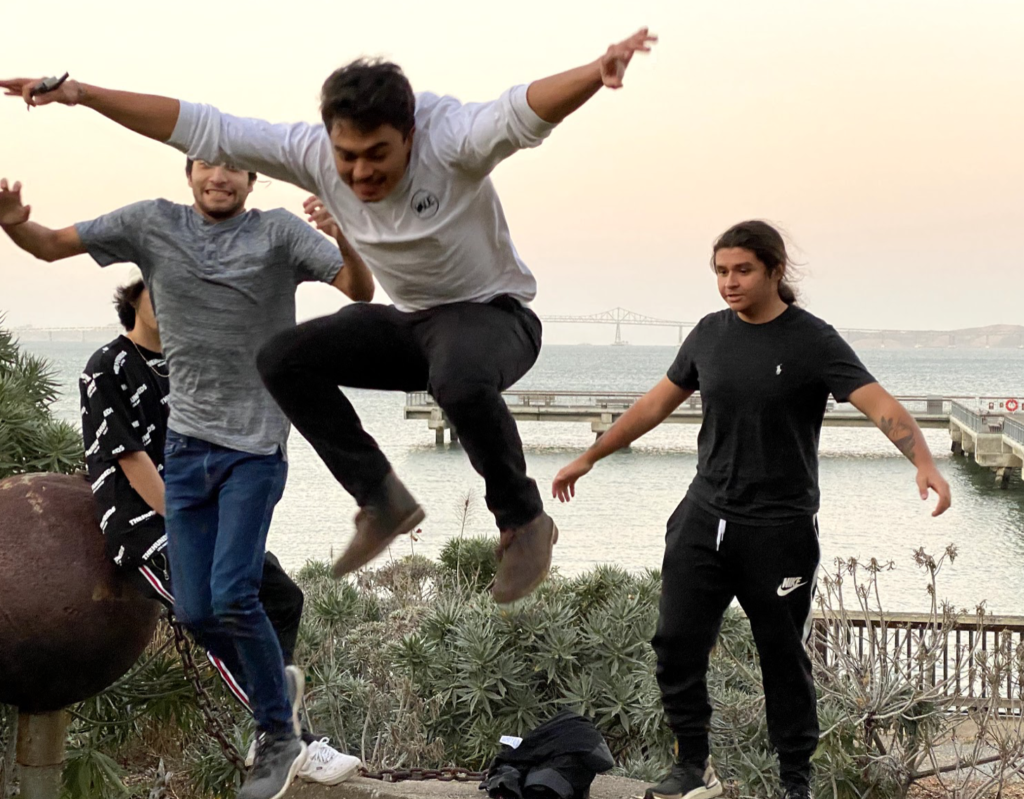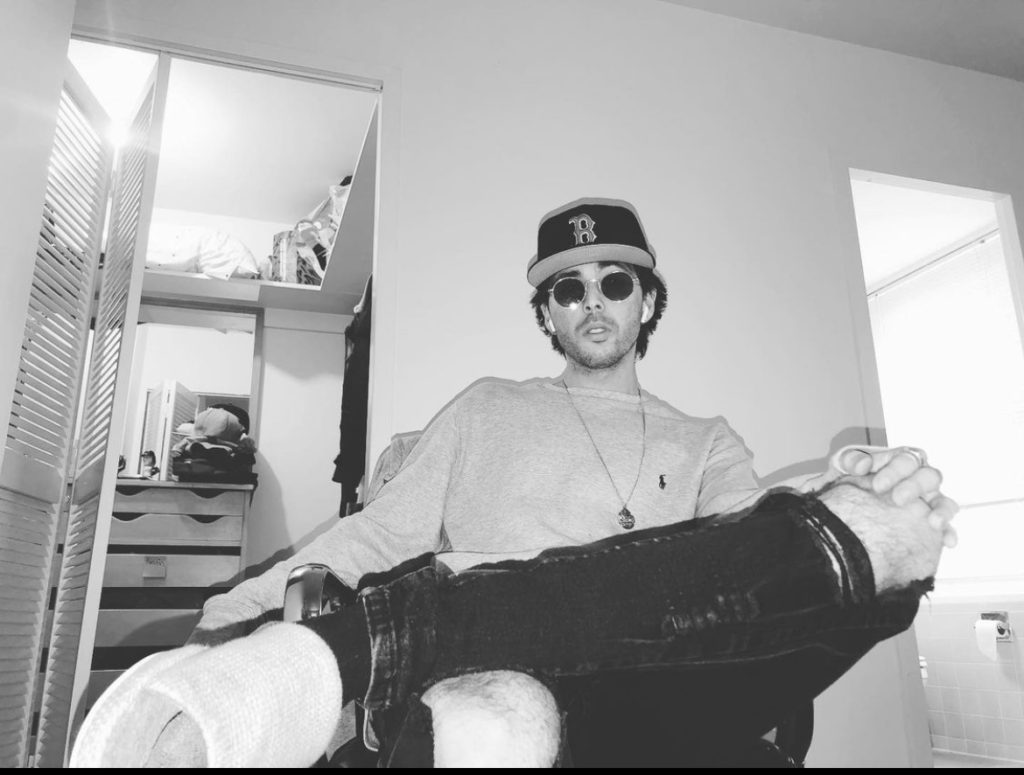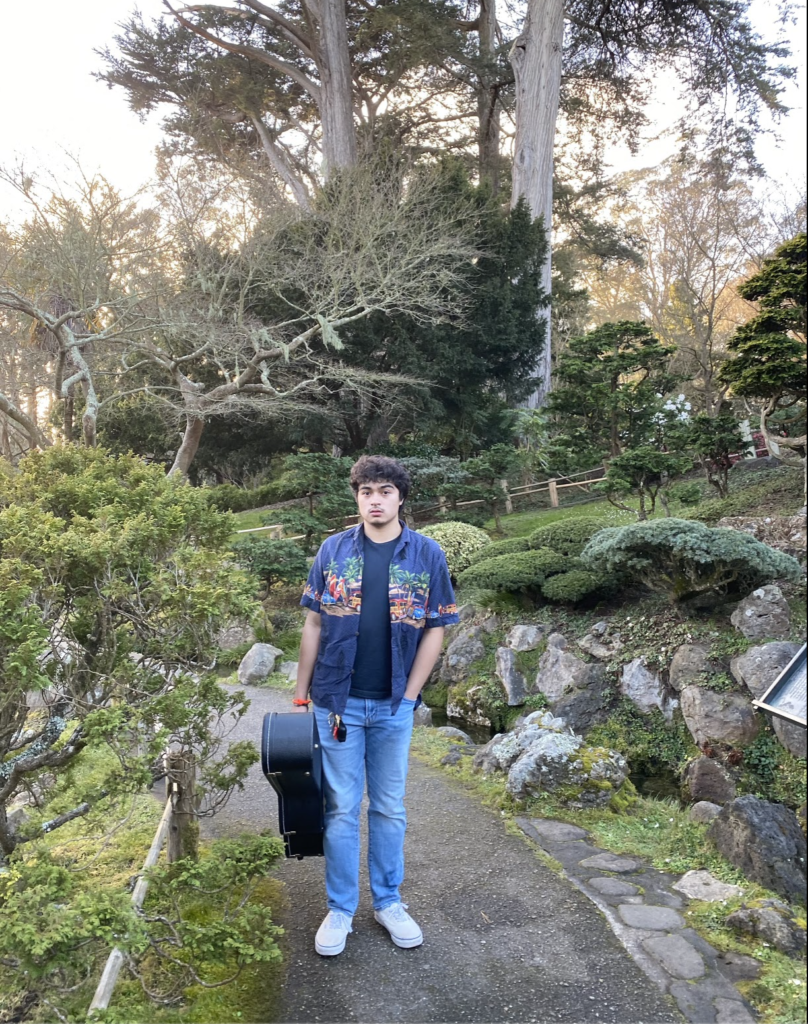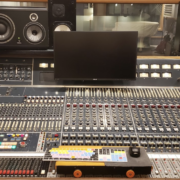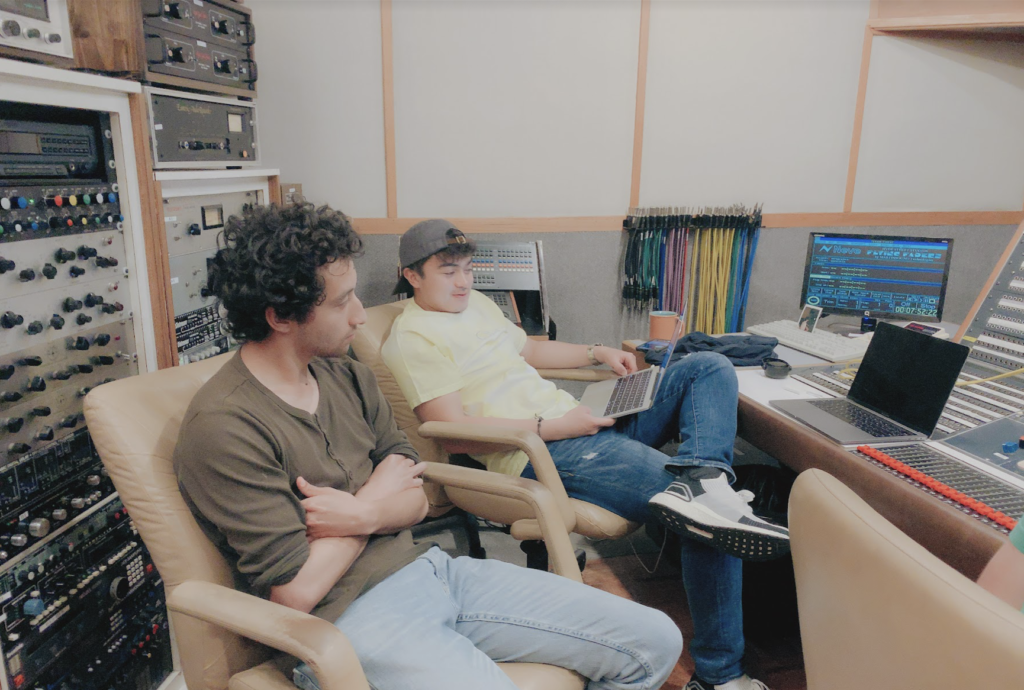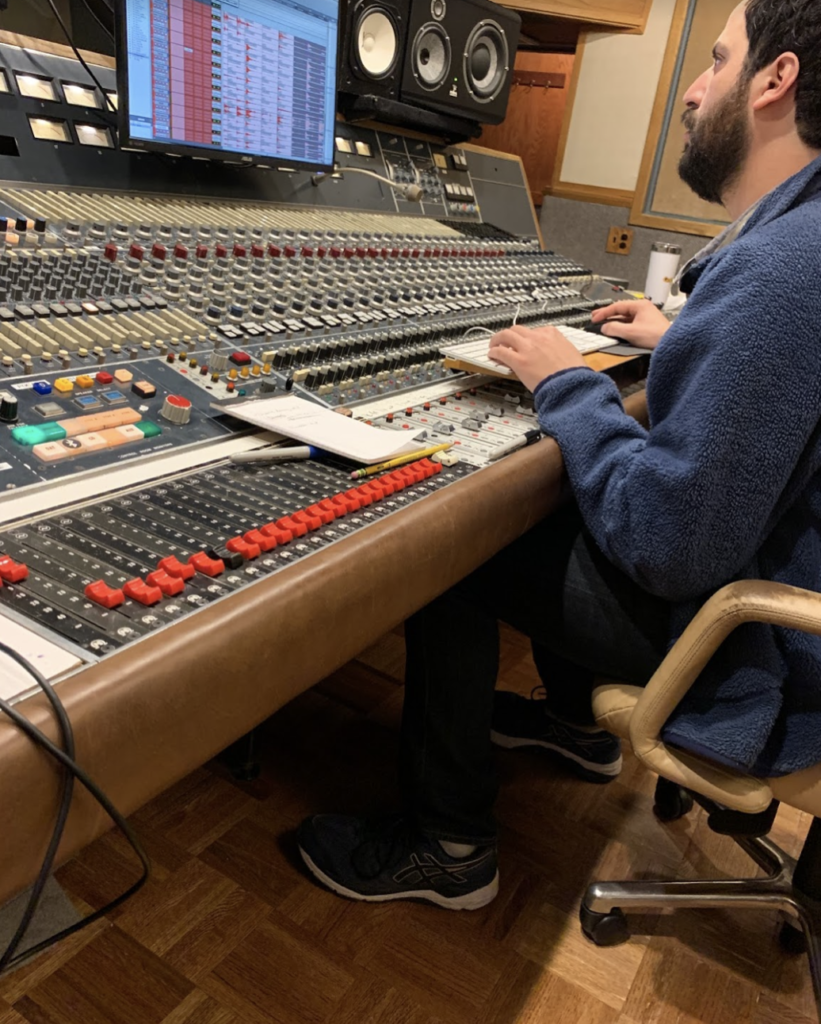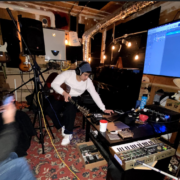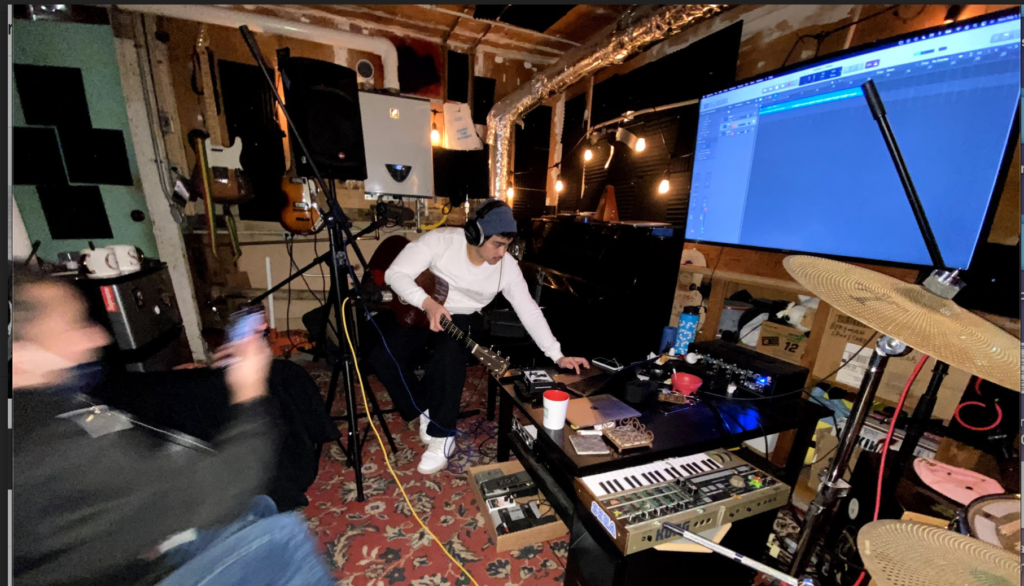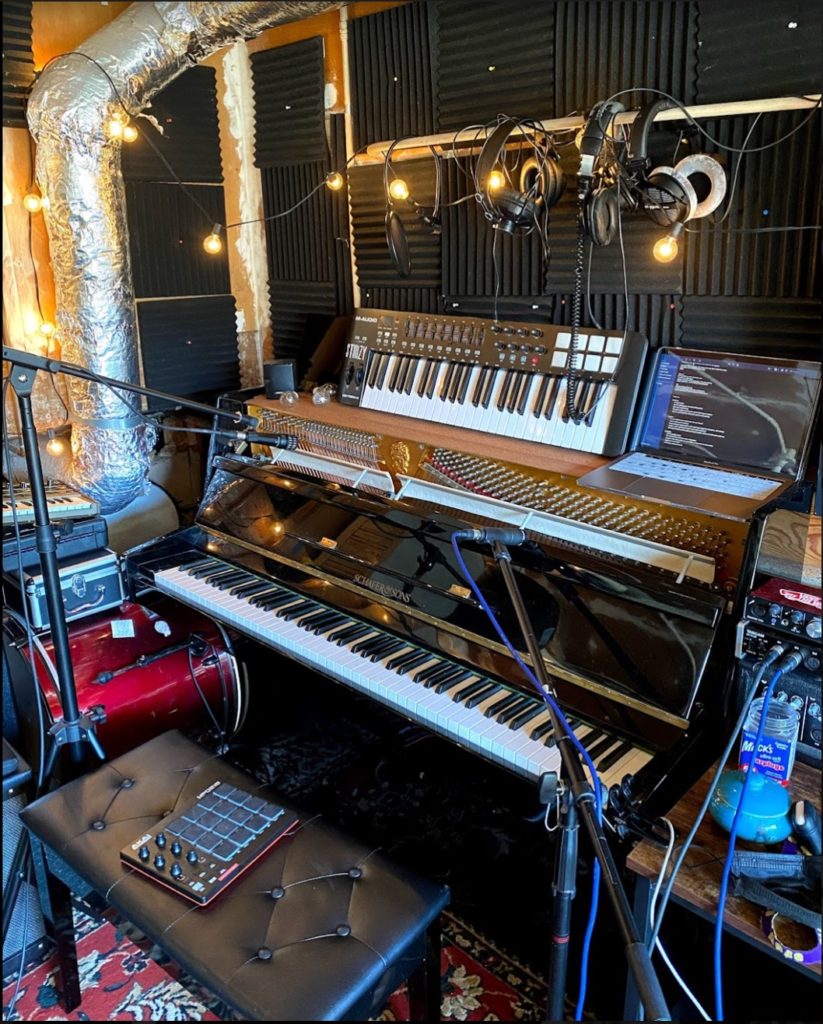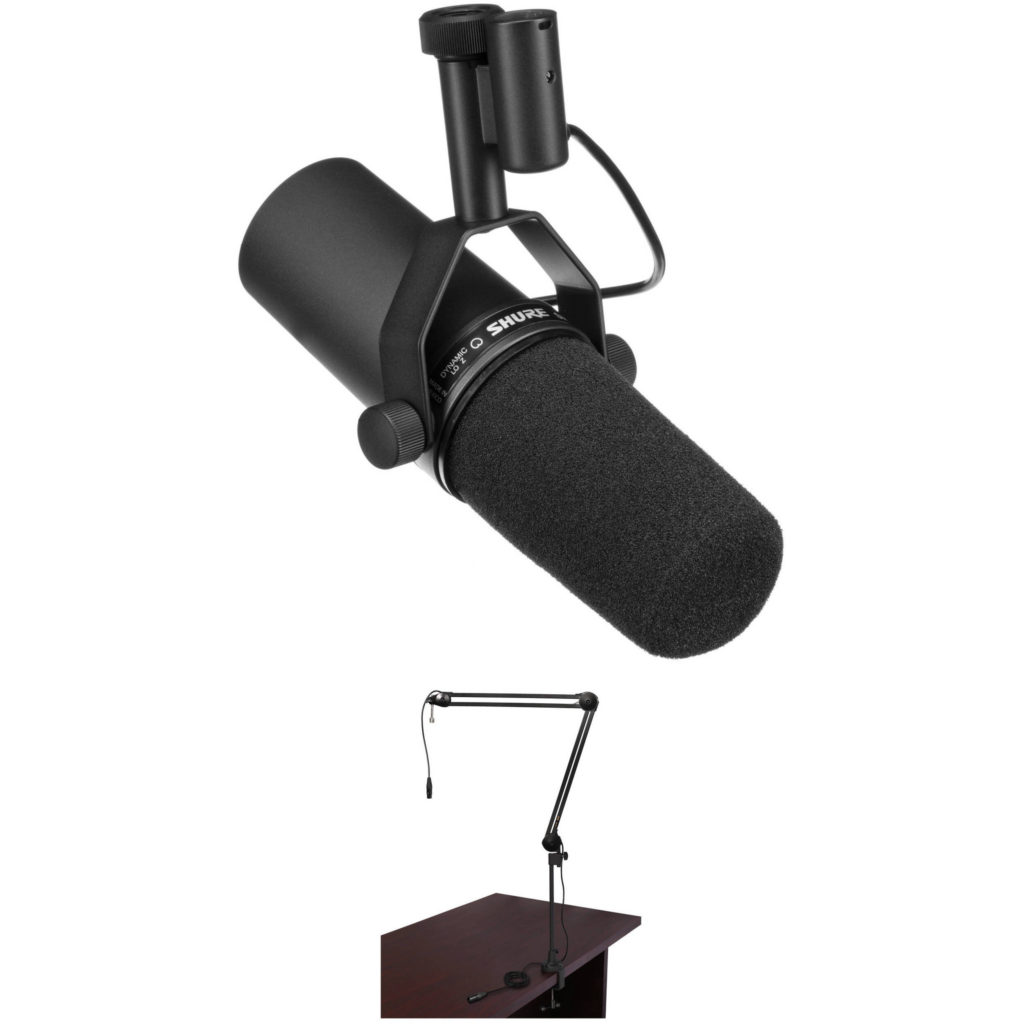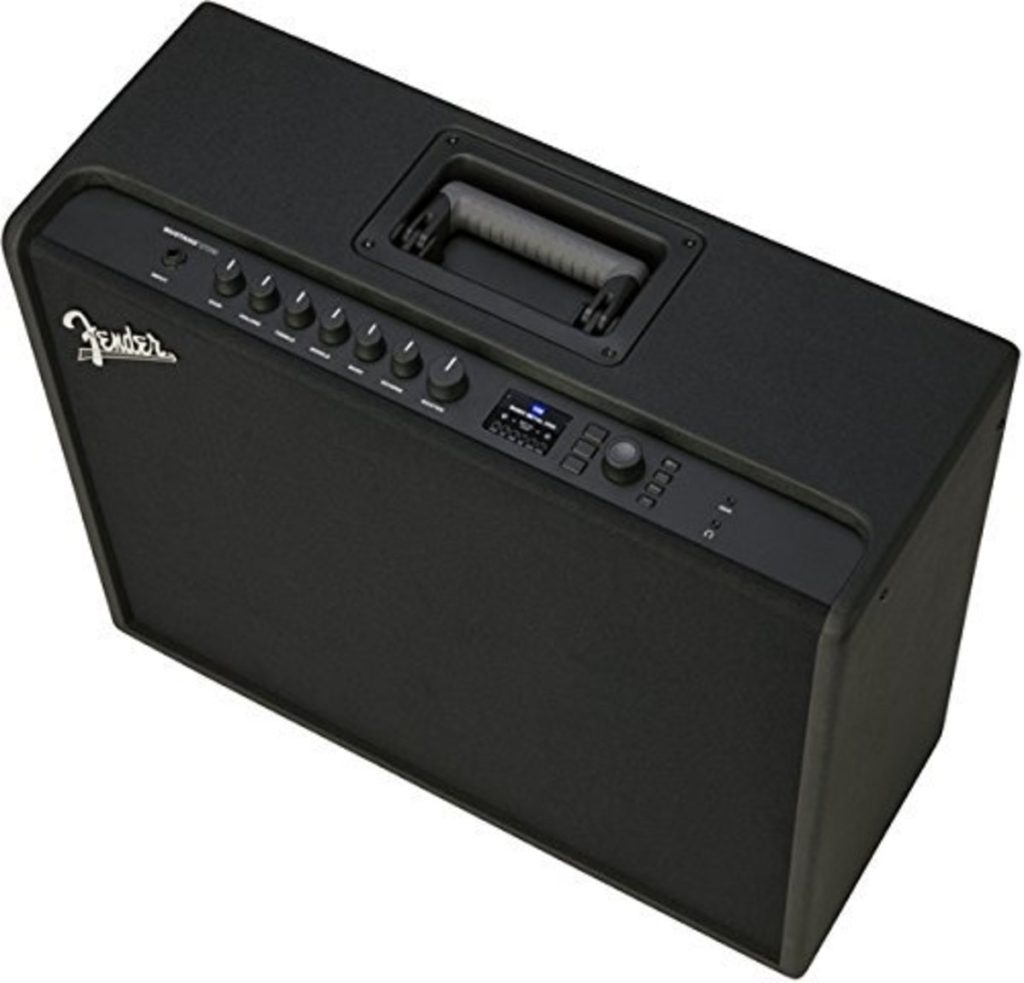Music That Inspires Us

Finding the right inspiration is essential for any songwriter and musician to thrive in the world of music. Sometimes, we as musicians are riddled with creativity and endless ideas. But other times, not a single creative song idea comes to mind! This is completely normal and sometimes the best way to get over musicians block is to listen to artists and bands that inspire you. Below you will find some bands and artists that we at Project Haze listen to for musical inspiration.
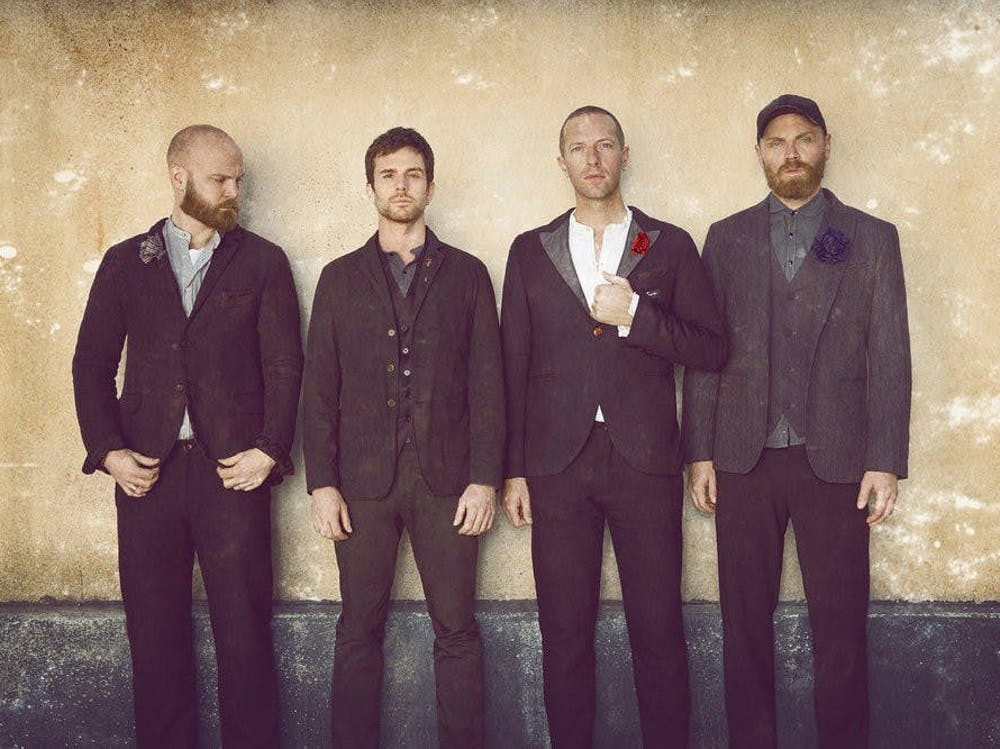
Coldplay
Coldplay is without a doubt one of our favorite bands out there. We love Coldplay mainly because of how diverse and emotionally captivating their music is. From hit songs like Viva La Vida to lesser known, niche songs like Swallowed in the Sea, the band is in a constant evolution and are never afraid to branch out to new musical styles. This is something we at Project Haze try and emphasize.
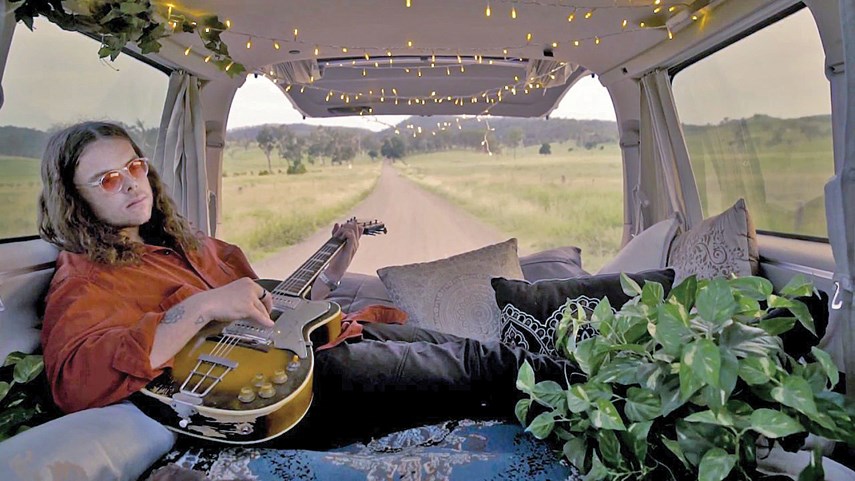
Vancouver Sleep Clinic
Vancouver Sleep Clinic is known primarily for their ambient, atmospheric style sound. However with some of their new music, including their newest album “Onwards to Zion”, they succeeded in producing an extremely diverse record, tying in elements of ambient, R&B, rock, and even some hiphop. This album does an amazing job in producing a sound that captivates us as listeners and produces an immersive experience. With the nostalgic, emotional nature of the lyrics and melodies, this record serves itself as a powerful reminder to be forever grateful for the life you have, as well as providing a road map for finding peace in one’s isolation.
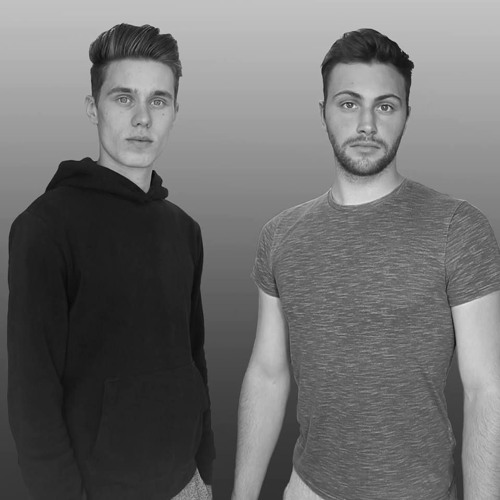
Miavono
The musical duo Miavono, comprised of UK based friends Michael and Brad, are also big inspirations to us at Project Haze. Their music consists of elements of alternative, pop, electronic, future house, and ambient music. What we love so much about Miavono is the way they pour their hearts and souls into every piece they create. The duo are successful independent, unsigned artists like us, giving us a sense of commonality and relatability with the group. A few of our songs, including the song ‘Serenity’ from our Through the Night EP were made using inspiration from some of Miavono’s music.

The Kooks
The British Indie Rock band ‘The Kooks’ offer sort of a grittier indie alt sound than the groups mentioned above. Many of their songs consist of gritty, crunch guitars and naughty lyrics offering a sound similar to popular indie rock legends ‘Arctic Monkeys’. From songs about sex and lovers, to alcohol, drugs and other intense topics, the band certainly has a unique, fun, and energetic sound. Many of the songs contain groovy bass lines, crunch guitars, and catchy hooks and melodies you can never seem to get out of your head. From the use of crunchy distortion guitars, to energetic and somewhat extreme vocals and lyrics, our unreleased single ‘Save Me(The Fire Burns Around Me)’ has a similar, rowdy sort of vibe.
